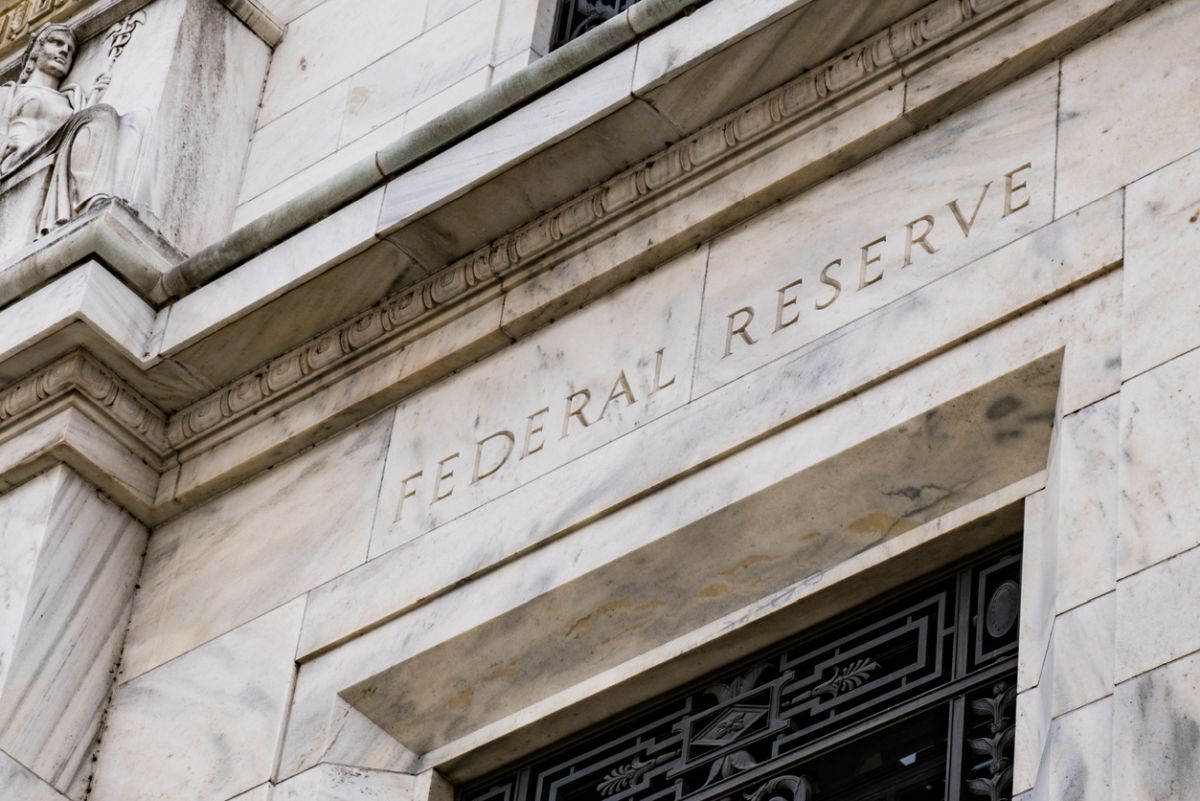The US Federal Reserve’s latest rate cut signals a nuanced approach to managing economic stability amid shifting pressures on inflation, employment, and political changes. The decision to lower rates by a quarter-point, setting the benchmark rate at 4.50-4.75 per cent, is a measured response to a job market that, while still robust, is showing signs of easing. With inflation inching closer to the Fed’s 2 per cent target, the central bank’s approach reflects a balance between encouraging steady growth and preventing runaway inflation.
One aspect that stands out is the Fed’s subtle shift in language on inflation progress. By noting that inflation has “made progress” rather than “further progress,” the Fed is signalling cautious optimism. This subtle change could imply that the Fed is wary of moving too aggressively with rate cuts and might instead be leaving room to pause at its December meeting if inflation remains in check. The Fed’s careful communication reflects its awareness that inflation, while moderating, is still volatile. The current economic landscape is also affected by political dynamics that could influence the Fed’s strategy. With a new administration promising policies that range from tariff to immigration reforms, the Fed will need to carefully monitor potential impacts on inflation and labour markets. Trade restrictions, for instance, could increase costs for businesses reliant on imports, thus creating new inflationary pressures.
Advertisement
Similarly, changes in immigration policy may impact labour supply, especially in sectors that depend on foreign workers. In this way, the Fed may find itself navigating a complex economic environment shaped not just by traditional indicators but also by policy shifts. For investors, the Fed’s tone in this rate cut announcement signals a careful balancing act. Market reactions have been cautious, with futures markets hinting at a possible rate pause next month. While some analysts believe the Fed may wait to see the full effect of recent rate cuts on inflation, others interpret this as a sign that the Fed is less inclined to cut rates further. Given the current outlook, the Fed appears to be aligning its policies with a “wait-andsee” approach, particularly as economic indicators continue to send mixed signals. In an era where both economic and political uncertainties are prevalent, the Fed’s approach to rate cuts exemplifies its dual mandate of promoting stable prices and maximum employment.
By cautiously adjusting rates while signalling potential pauses, the Fed is striving to maintain this balance without disrupting the broader economy. As the year progresses, the Fed will likely continue to adapt its strategy, especially as new data on inflation and employment emerge. In the face of an evolving political landscape and potential global disruptions, the Fed’s commitment to flexibility could be crucial for maintaining stability. While the immediate impact of this rate cut may be subtle, the Fed’s nuanced policy stance will likely be pivotal in shaping the US economy’s resilience in the months to come.
